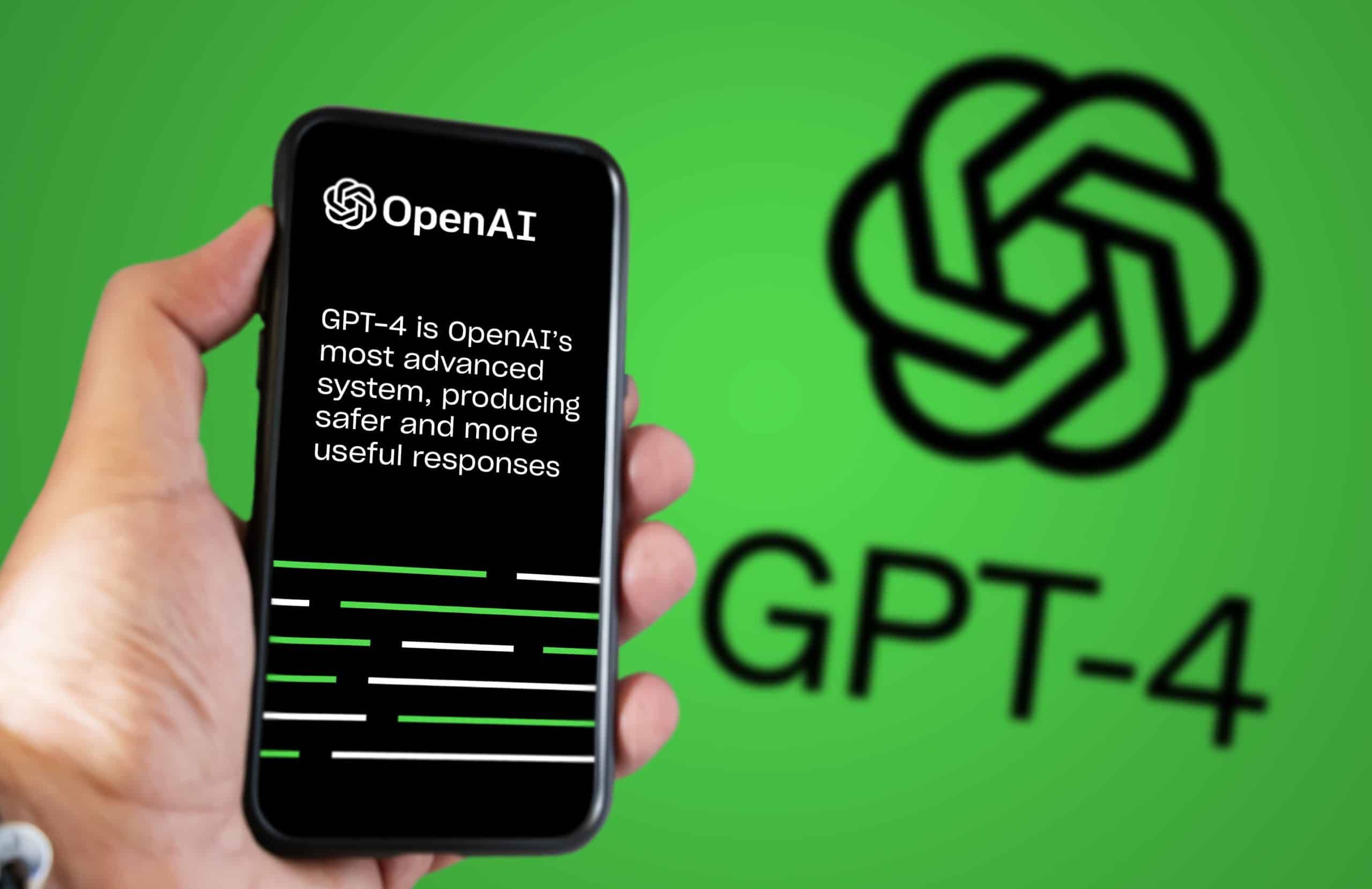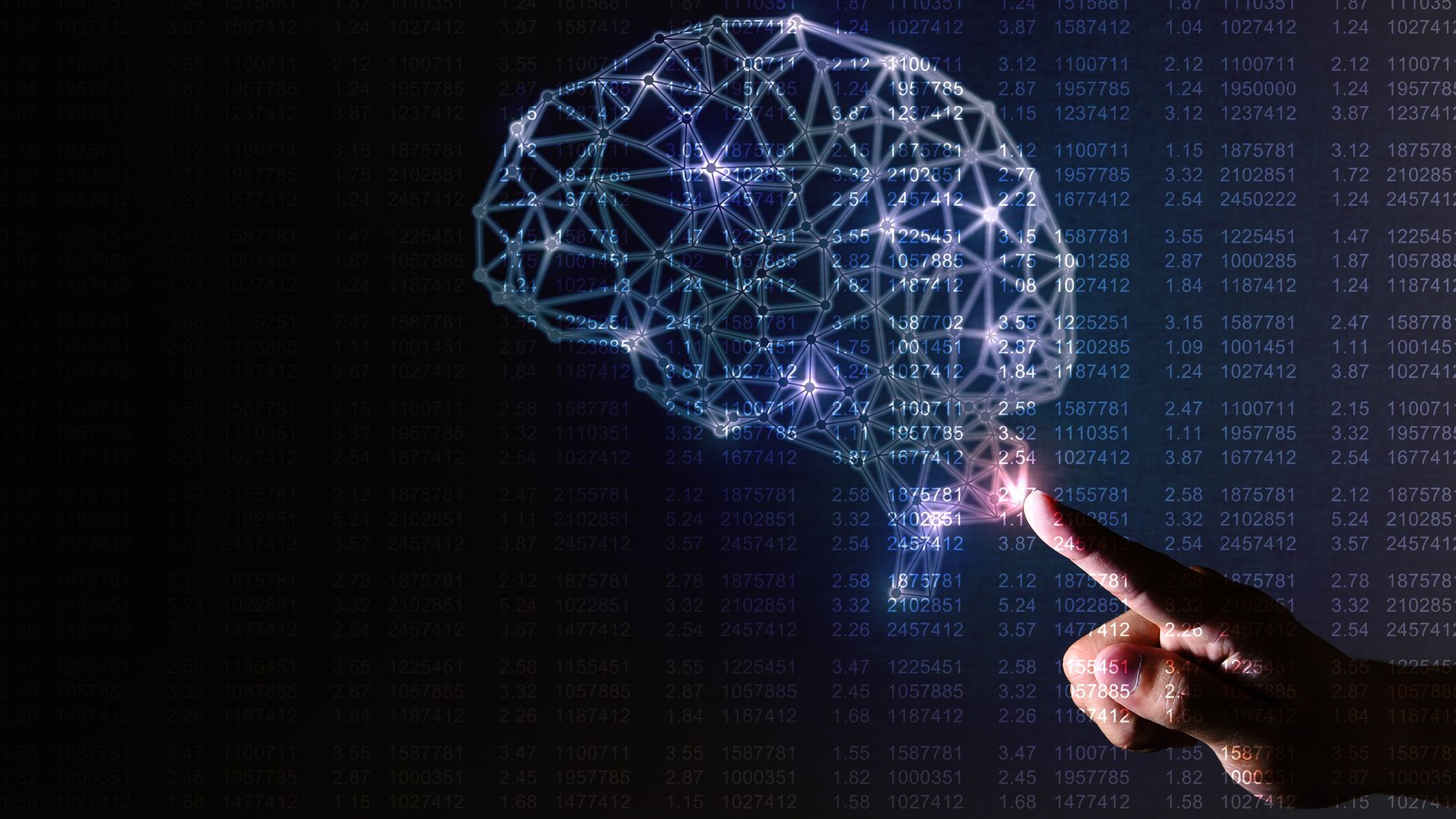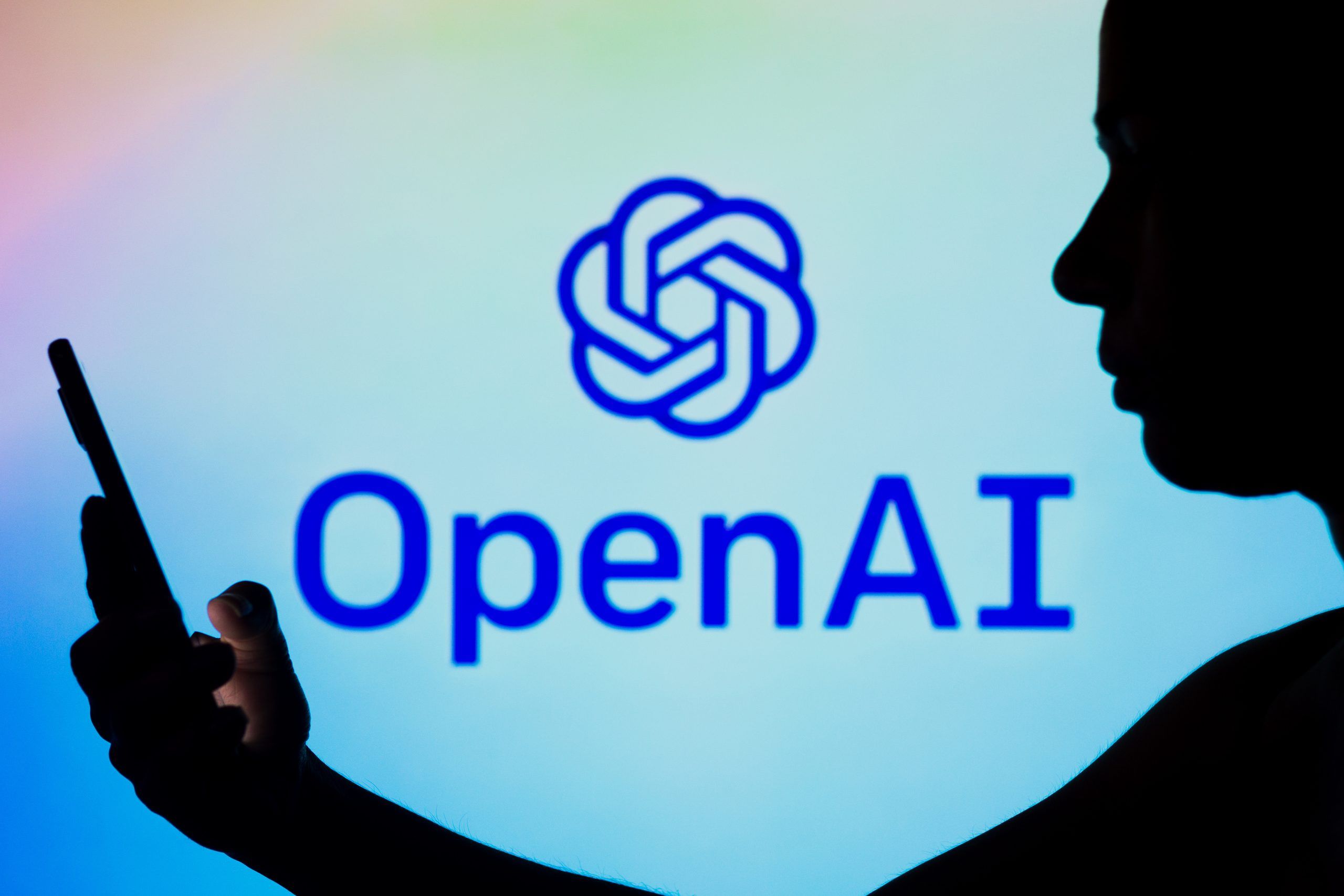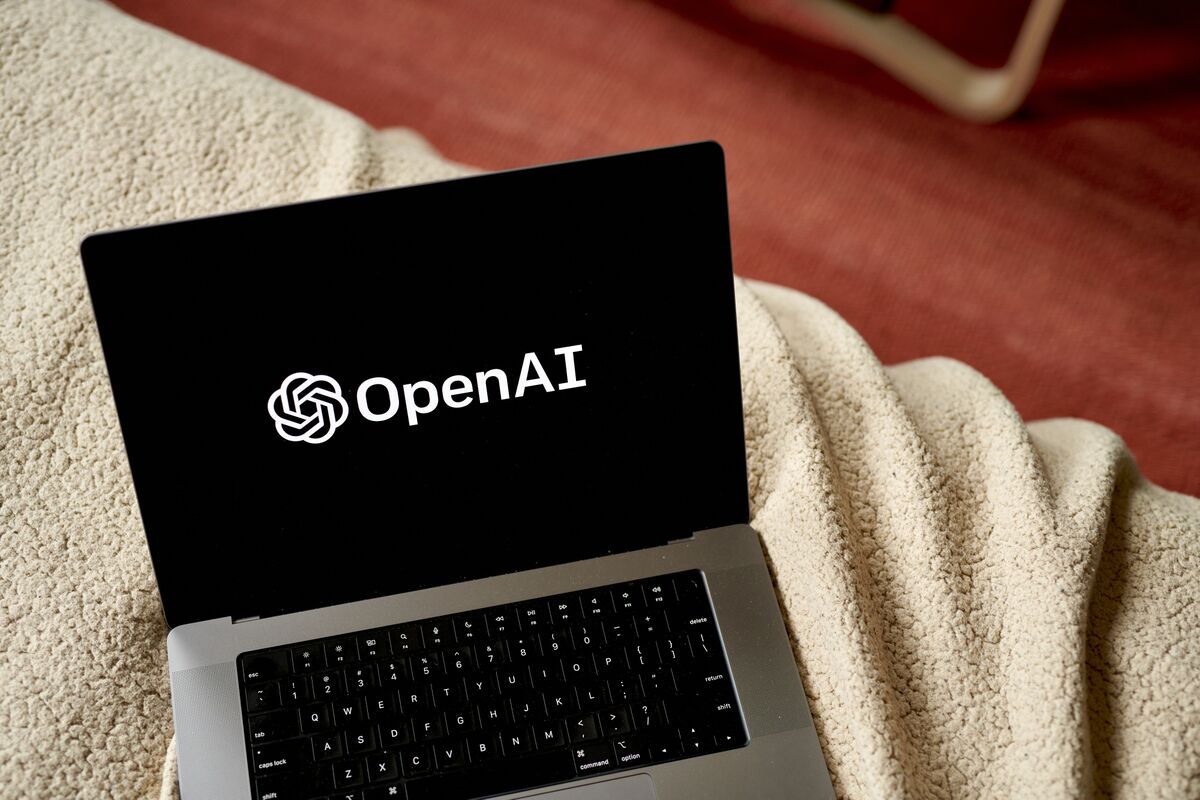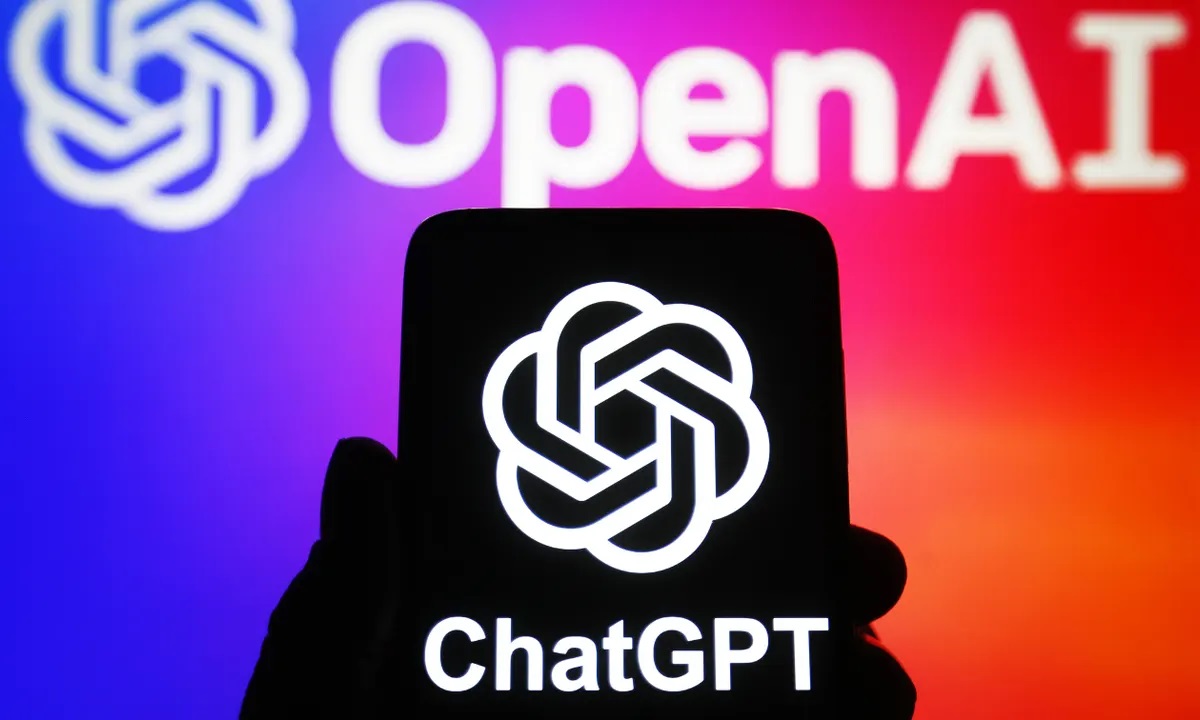OpenAI made headlines recently with the launch of GPT-4, a cutting-edge AI model that boasted multimodality – the ability to understand both text and images. GPT-4 was designed to not only generate captions for images but also interpret complex visuals. However, the company has faced challenges in releasing the image features of GPT-4 due to concerns over potential abuse and privacy issues.
Key Takeaway
The technical paper by OpenAI highlights the efforts made to address the flaws and safety concerns associated with GPT-4V, the AI model’s image-analyzing capabilities.
In an attempt to address these concerns, OpenAI has now published a technical paper revealing its efforts to mitigate the problematic aspects of GPT-4’s image-analyzing capabilities. While GPT-4 with vision, internally referred to as GPT-4V, has been utilized by a limited number of users through the Be My Eyes app, OpenAI has also engaged with “red teamers” to examine the model for unintended behavior.
To ensure responsible and ethical usage, OpenAI has implemented safeguards to prevent GPT-4V from being utilized in malicious ways. These precautions include preventing the model from breaking CAPTCHAs, identifying personal information not present in a photo (such as age or race), and addressing harmful biases related to physical appearance, gender, and ethnicity.
However, despite these safeguards, GPT-4V is not without its limitations. The paper exposes instances where the model struggles to make accurate inferences, sometimes combining texts to create nonsensical terms or inventing facts. It also has a tendency to overlook text or characters, misinterpret mathematical symbols, and fail to recognize obvious objects and settings.
In terms of specific use cases, OpenAI explicitly warns against relying on GPT-4V to identify dangerous substances or chemicals in images. The model has difficulty correctly identifying substances such as fentanyl, carfentanil, and cocaine from images of their chemical structures. Likewise, when applied to medical imaging, GPT-4V can provide incorrect responses and misdiagnose conditions, indicating a lack of understanding of standard practices.
OpenAI acknowledges that GPT-4V falls short when it comes to understanding the nuances of hate symbols and can produce questionable content when prompted with images. Additionally, the model demonstrates bias against certain sexes and body types, although these biases are only observed when OpenAI’s production safeguards are disabled.
Although OpenAI is actively working on expanding GPT-4V’s capabilities in a safe manner, the paper emphasizes that it is a work in progress. The company is developing mitigations and processes to allow GPT-4V to describe faces and people without compromising privacy. It is clear that OpenAI recognizes the challenges that lie ahead in refining and optimizing GPT-4V to fulfill its full potential.
As AI models continue to evolve, it is crucial for developers like OpenAI to address flaws, biases, and safety concerns. The release of GPT-4V represents a step towards responsible AI development, but it also serves as a reminder that there is still much work to be done to ensure the reliability and ethical usage of such advanced technologies.







